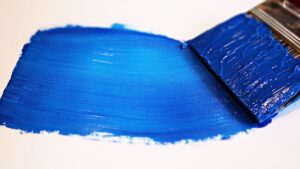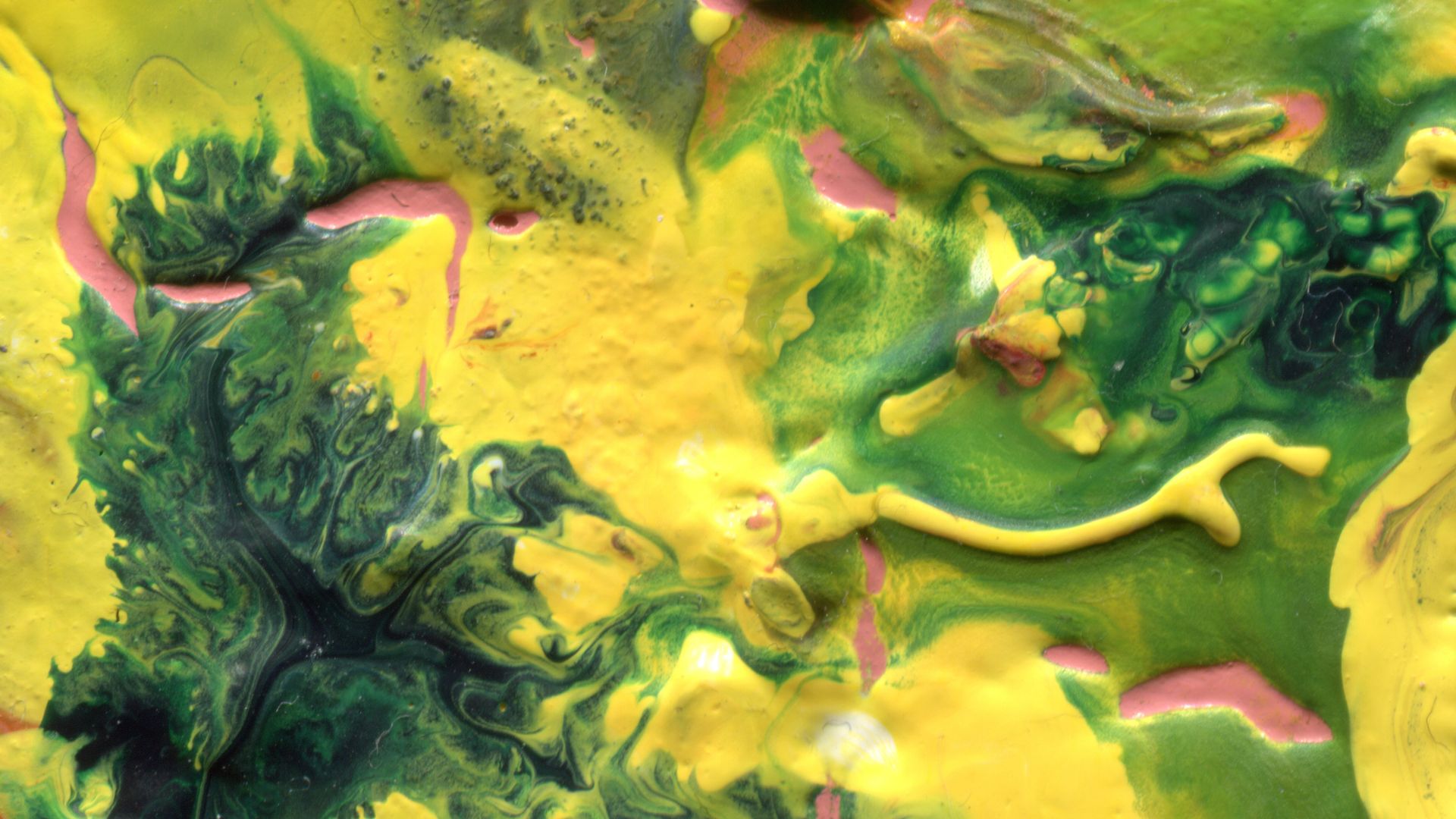When it comes to painting on canvas, using wall paint might seem like an accessible and cost-effective option. However, the question arises: should you thin wall paint before applying it to a canvas?
Understanding Wall Paint
Wall paint, typically used for interior or exterior walls, is designed for a different purpose than canvas painting. It contains binders, pigments, and additives formulated for adherence, durability, and coverage on walls. On the other hand, artist-grade paints are formulated for artistic purposes, offering better pigmentation and consistency for various painting techniques.
Pros and Cons of Thinning Wall Paint
Pros:
- Improved Consistency: Wall paint can be thick, and thinning it with water or a medium can improve its consistency for canvas application.
- Better Coverage: Thinned paint might spread more easily, providing better coverage on the canvas.
Cons:
- Altered Properties: Thinning paint can alter its properties, affecting its adherence, drying time, and color intensity.
- Durability Concerns: Thinned paint might not adhere well or might crack over time, impacting the longevity of your artwork.
Factors to Consider
- Paint Type: Acrylic wall paint is more versatile for canvas painting and can be thinned effectively. However, oil-based wall paint might not be as suitable due to its slower drying time and different properties.
- Technique: Thinning paint might be beneficial for certain techniques like washes or glazes but may not be necessary for impasto or thick applications.

Blue Paint on White Surface
Tips for Using Wall Paint on Canvas
- Testing: Before applying it to your canvas, conduct tests on a small surface to understand how the thinned paint behaves and dries.
- Consistency: Aim for a consistency that allows the paint to flow easily without being overly runny.
- Priming: Consider priming the canvas with gesso before applying thinned wall paint. It can enhance adherence and prevent issues with absorption.
So,…
While it’s possible to use wall paint on a canvas by thinning it, there are factors to consider regarding its properties, adherence, and long-term durability. If you choose to do so, conduct tests, adjust the consistency, and consider priming the canvas to ensure better results.
Remember, artist-grade paints specifically formulated for canvas painting offer more consistent results and durability. However, exploring with wall paint can be an experimental and cost-effective option for certain artistic endeavors.
Resources:
Exploring Wall Paint on Canvas
Now that we’ve delved into the considerations of using wall paint on canvas let’s take a closer look at the steps involved in thinning wall paint for canvas application and some additional insights to ensure a successful painting experience.
How to Thin Wall Paint for Canvas:
- Gather Your Materials:
- Wall paint of your choice (preferably acrylic)
- Water or a paint medium (such as acrylic glazing liquid or flow improver)
- Mixing palette or container
- Stirring sticks or brushes
- Start with Small Batches:
- Pour a small amount of wall paint onto your palette or in a container.
- Add Water or Medium:
- Gradually add water or the chosen paint medium to the wall paint.
- Mix thoroughly until you achieve the desired consistency.
- Test the Consistency:
- Use a brush to test the thinned paint on a scrap canvas or a small area of your painting surface.
- Observe how the paint spreads, its opacity, and its drying time.
- Adjust as Needed:
- If the paint is too thin, add more wall paint to the mixture.
- If it’s too thick, add more water or medium to achieve the desired consistency.
- Consider Priming:
- Apply a coat of gesso or primer to the canvas before painting to enhance the adherence of the thinned wall paint.
Additional Tips for Using Thinned Wall Paint:
- Layering: Experiment with layering thin washes of paint to create depth and dimension in your artwork.
- Drying Time: Thinned paint might dry faster than usual due to the added water or medium, so work swiftly if you plan to blend or layer colors.
- Cleanup: Clean your brushes promptly after using thinned paint to prevent them from drying out or becoming stiff.
Final Thoughts
While using wall paint on canvas by thinning it can be an adventurous and economical choice, it’s essential to consider the alterations in the paint’s properties and the potential impact on your artwork’s longevity. Experimentation is key, and through trial and error, you can discover unique techniques and effects.
However, for artists seeking consistent results and long-lasting artwork, investing in artist-grade paints formulated explicitly for canvas painting remains a reliable choice.
In the world of art, exploring different mediums and techniques is part of the creative journey. So, whether you decide to thin wall paint or opt for specialized artist paints, embrace the experimentation, and let your creativity flow onto the canvas.
Resources:
Comparison tabular on this
| Aspect | Wall Paint Thinned for Canvas | Artist-Grade Paints for Canvas |
|---|---|---|
| Purpose | Primarily for walls | Specifically formulated for artistic use |
| Composition | Contains binders, pigments, additives for wall adherence and durability | Higher quality pigments, binders, and additives for artistic effects and longevity |
| Consistency | Thick and requires thinning for canvas use | Consistently formulated for canvas application |
| Adherence | May require additional priming or preparation for better adherence | Formulated for optimal adherence on canvas |
| Color Vibrancy | May have variations in color vibrancy and intensity when thinned | Offers consistent color vibrancy and intensity |
| Longevity | May have reduced durability and longevity due to alterations from thinning | Designed for lasting quality and durability on canvas |
| Cost | Economical option | Typically more expensive due to higher quality |
| Availability | Widely available in hardware stores | Available in art supply stores with specific ranges and variations |
| Suitability for Techniques | Limited suitability for certain painting techniques | Versatile for various artistic techniques |
This table outlines the fundamental differences between wall paint thinned for canvas use and artist-grade paints explicitly formulated for canvas painting. While both options have their merits, artist-grade paints offer consistency, longevity, and specialized properties tailored for artistic endeavors, while wall paint thinned for canvas can serve as an experimental and cost-effective alternative, albeit with potential variations in quality and durability.
Wrapping up
In the realm of painting, the choice between using thinned wall paint on canvas and investing in artist-grade paints is a balance between experimentation and assured quality.
Thinned wall paint can be a canvas for exploration, offering an accessible avenue to express creativity without hefty expenses. However, it requires adjustments, from thinning to potential priming, and might entail compromises in longevity and consistency.
On the other hand, artist-grade paints assure consistent quality, vibrant colors, and durability, tailored for canvas painting. While they may come at a higher price, they offer reliability and longevity, crucial for artists seeking professional-grade results.
Ultimately, the decision boils down to your artistic goals and preferences. Embrace experimentation, test different mediums, and find what resonates with your creative vision. Whether it’s the versatility of thinned wall paint or the reliability of artist-grade paints, the canvas awaits your artistic journey.

For over a decade, I’ve been Mike, an artist, crafter, and designer deeply immersed in the Croc world. I thrive on crafting unique, size-inclusive patterns, fostering creativity, and sharing them on ktforum.com. My designs aim to ignite your creative spark and delight you, ensuring clarity and ease of use through rigorous testing. Join me in expressing your creative flair and showcasing your craft with joy.
Related Posts
- Should You Sand a Canvas Before Painting it with Wall Paint
When it comes to using wall paint on canvas, the question of sanding often arises.…
- Do you need to prime the canvas before using wall paint on it?
When it comes to transforming a canvas into a stunning work of art, the foundation…
- Can You Paint Over Existing Wall Paint on Canvas
If you're an aspiring artist or someone enthusiastic about trying their hand at painting, you…
- Ensuring Longevity: Wall Paint on Canvas
When it comes to painting, the canvas serves as an artist's playground, a surface that…

